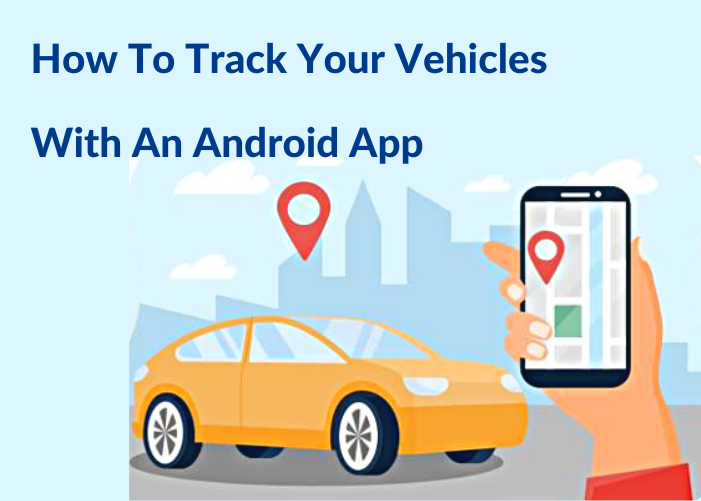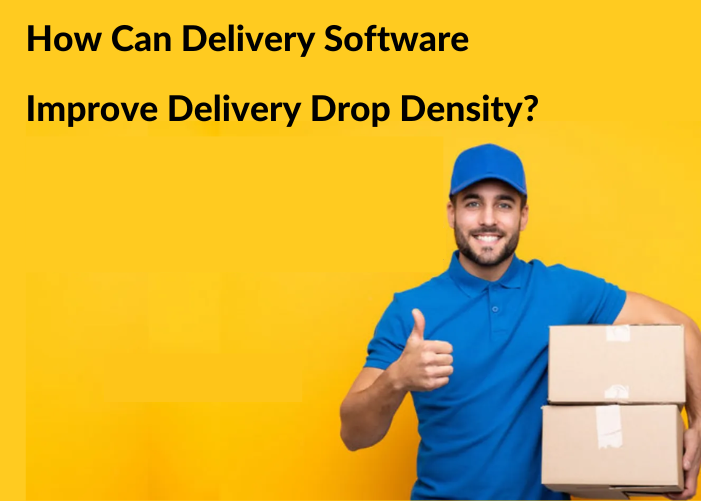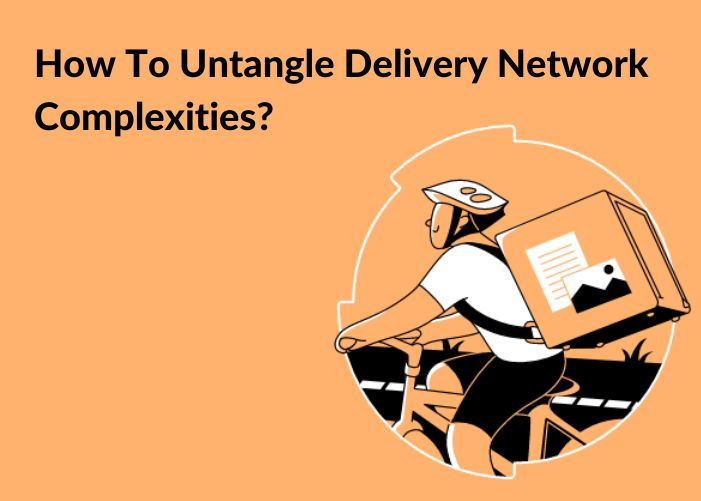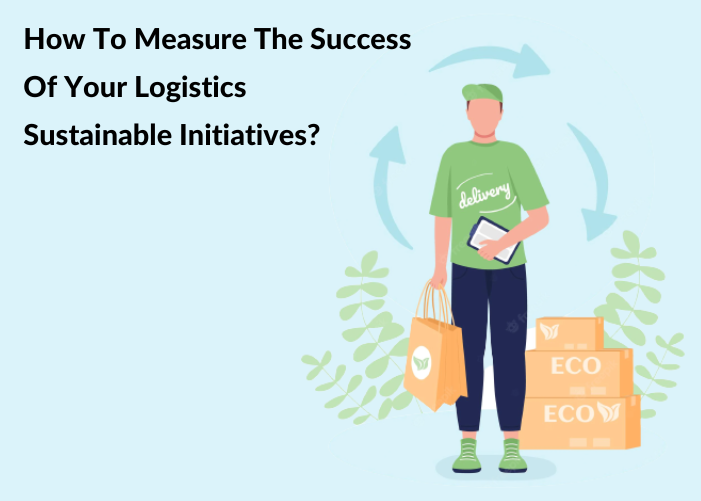1) How to use an Android Delivery App to track drivers and vehicles
The task of planning, executing, and tracking your delivery operation is quite a complex one. There are several moving parts and each is closely linked to the other.
Modern technology, such as Android delivery apps, has made it possible to accommodate all of these stakeholders and elements in order to arrive at a finely balanced optimal solution. Supply-chain stakeholders, drivers, vehicles, operations teams, and the final customer can all be coordinated by using such modern technology.
As a result, today’s complex global logistics operations, which operate around the clock and from one far-flung corner of the globe to another, can be managed efficiently.
When it comes to tracking drivers and vehicles, there are 3 important areas:
1. Route optimization
2. Order-fulfillment
3. Verifying that the correct order was delivered safely by protocol
The goal of this article is to highlight how the best fleet-management apps enable you to manage all of the above, as against using a different app for each objective.
2) What are the most important features of a Delivery App?
Your delivery app should cover all aspects of your delivery operation in a seamless manner. Let’s look at the top 5:
- Route-Optimization across fleet vehicles and drivers: Needless to say, this is the first benefit for you would most install the app, right? Calculating the most efficient route across all available fleet vehicles and drivers vis-à-vis the number of deliveries that need to be made that day.
Top delivery software optimizes routes across your entire delivery operation after accounting for all variables including road conditions, weather, traffic, urgent drops, delivery window constraints, driver work hours, vehicle capabilities (etc.). This opens up time for your drivers to complete more deliveries per day.
- Dynamic driver navigation: Driver support, communication, and navigation are a generational improvement of today’s delivery apps versus the legacy paper-and-phone methods of the old. The easier your delivery logistics make it for drivers to navigate their daily routes, the faster – and, safer- they will complete their tasks.
The app furnishes detailed instructions to every driver. All such instructions are updated in real-time for weather, traffic, and other deviations, e.g., emergencies. Last-minute deliveries can also be added after the driver has left the warehouse. All ETAs are communicated to the end-customer in real-time via app pop-ups, SMS, etc. Central teams can maintain constant communication with drivers and track their movements on the large screen maps.
This is a key benefit for the end customer and goes a long way in ensuring customer satisfaction.
- Tracking drivers in real-time: Keeping track of your drivers is another gil-edged benefit of today’s last mile delivery software. And, the best software provides this in real-time, thus giving you 100% visibility into the delivery process and helping you manage all stakeholders with utmost clarity and transparency.
Typically, each driver’s mobile app will refresh every 15 seconds, thus providing all parties, including customers, with updated ETAs and progress for further rounds. The central office teams have a complete overview of all the deliveries and routes in progress.
Information about completed deliveries also helps you to analyze driver performance, tweak for improvement (etc.)
- Automatic delivery notifications: We forget that the post-delivery processes i.e. delivery proof, customer signatures, documentation (etc.) take up a lot of time for the drivers.
The delivery app automates all of this, thus eliminating past malpractices (e.g., customers claiming not to have received the parcel), freeing up drivers from unnecessary customer interactions, and eliminating paperwork by capturing all this on an electronic screen.
- ePOD (Electronic-Proof-of-Delivery): Extending the point above, the last step in completing a successful delivery is capturing and storing POD. Today’s delivery app allows all this data (e.g. customer signatures, photos, notes, customer feedback forms, reasons/photographic proof for rejected delivery) to be captured and stored electronically.
3) Electronic-Proof-of-Delivery (ePOD): fast, convenient, and secure
In years past, proof of delivery was obtained via signature on physical forms. Unfortunately, this was synonymous with endemic problems like fraudulent claims, delivery mistakes, lost packages, and other malpractices.
Modern delivery software, however, now allows the capture of all this data electronically, i.e., “ePOD.”
Traditional problems of paper-based POD:
- Physical storage & security issues: Keeping physical documents safe, preventing damage and loss, preserving them over time (etc.) were significant issues with paper POD. Lost documents gave rise to potential problems of delivery disputes, audit concerns (etc.)
- Manual entries: Matching entries, cross-checking, and everyday reconciliation would take massive time, effort, and work.
- Poor visibility: Dispatchers and central teams would know only at the end of each workday – or, trip – about delivery statuses. Any last-minute changes or updates could not be made between the driver and central teams.
- No photos: Without photographic evidence, drivers cannot always provide conclusive POD. Handwritten notes without images for context are often unclear. Creates potential for malpractice, too.
- Environment: Paper usage – when it can be replaced – is a no-no in today’s world when we’re racing against time to save the environment.
What ePOD options are available?
- Dedicated POD app/software: Such a standalone solution provides only ePOD, typically via API that connects with your other MIS.
- Delivery management app/software: Here, in addition to ePOD, you also get the other key features required to track your drivers and deliveries (e.g. route optimization, driver tracking in real-time, automated delivery updates & ETAs, seamless integration with all MIS)
Based on your requirements, you should select carefully. In general, businesses that are scaling or are already operating at some size will be most suited to the latter.
ePOD is convenient, fast & secure:
- E-signatures: Drivers use their own mobile phones to conveniently record e-signatures. These are then uploaded to the cloud servers automatically. No additional hardware is required, cumbersome manual entries are eliminated, and accurate data in real-time is available for all
- E-photos: The photo capture function is a game-changer! It enables the driver to use his smartphone to record the package/delivery, which is then uploaded to a cloud server, and immediately viewable by office teams. This also reduces redeliveries since customers can’t claim otherwise.
- Automatic delivery notification: Upon delivery, the delivery app can intimate the customer with delivery proof e.g. signature, digital picture, and delivery notes. This improves Customer Satisfaction, reduces the workload on admin staff, and retains all data for future use.
Conclusion: As is evident, using a delivery app or delivery software to track all aspects of your delivery operation, including your fleet vehicles, is a tool that will make your business operations competitive, efficient, and profitable.




